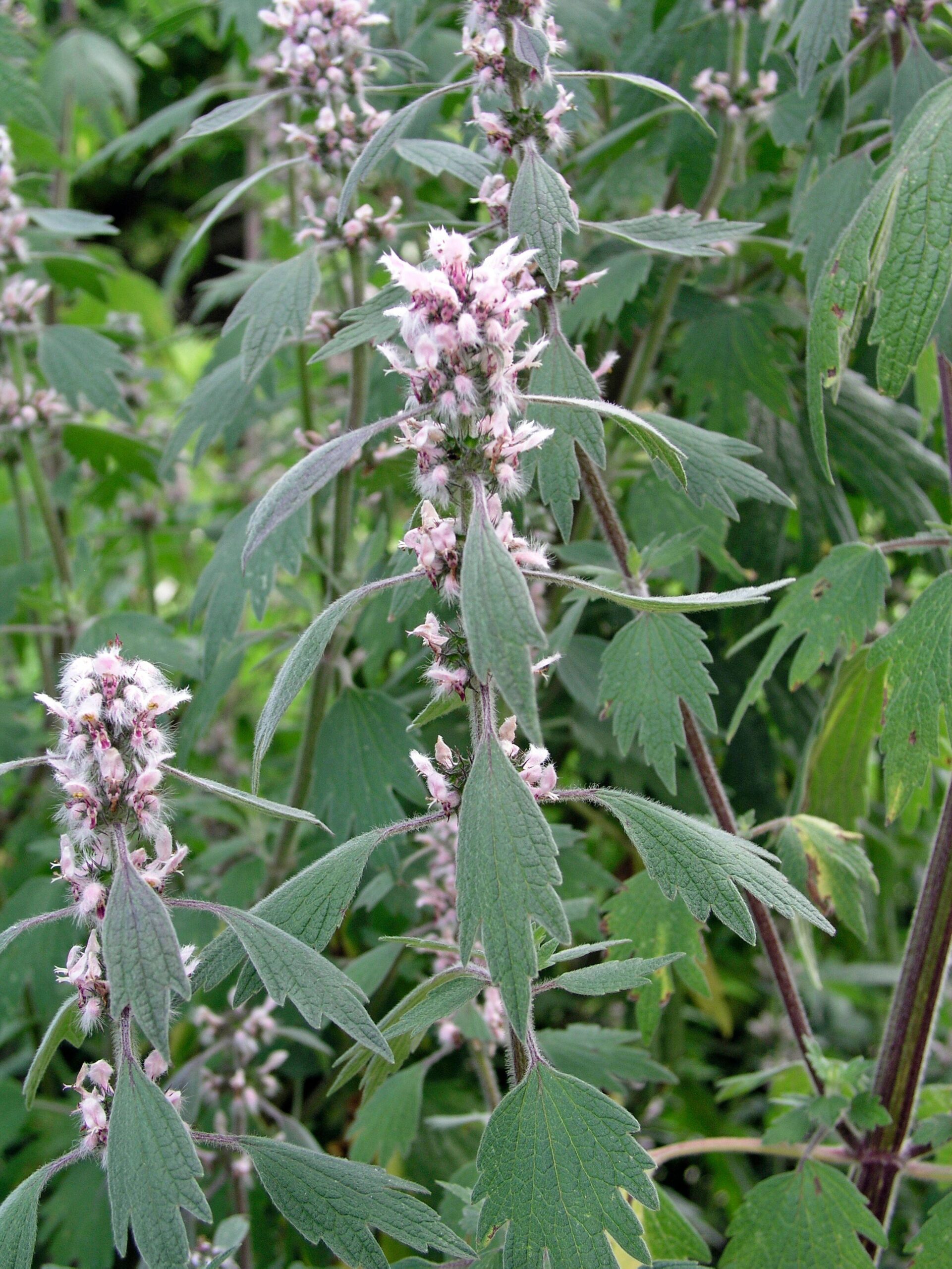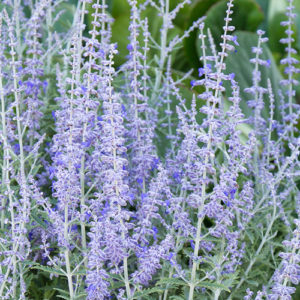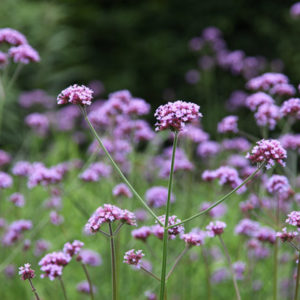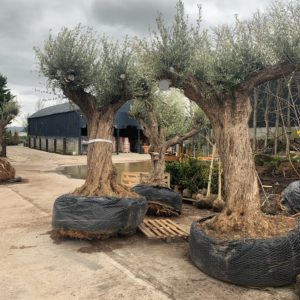Leonurus cardiaca
€8.50
Frequently Bought Together


Description
Quick Facts
- Common Name: White Lion’s Ear, White Wild Dagga
- Botanical Name: Leonurus cardiaca
- Plant Type: Herbaceous perennial
- Mature Height: 1.5-2.5m
- Mature Spread: 1-1.5m
- Flowering Period: July-October
- Flower Colour: Pure white tubular flowers
- Foliage: Soft grey-green, aromatic leaves
- Hardiness: RHS H3 (hardy in coastal/mild areas)
- Soil Requirements: Well-drained, fertile soil
- Aspect: Full sun to partial shade
- Maintenance: Low to moderate
Description
Like a beacon of pure light in the autumn garden, Leonurus cardiaca brings an ethereal presence to Irish borders with its striking white tubular flowers that dance in whorls around sturdy stems. This magnificent perennial offers a sophisticated alternative to its more common orange cousin, creating a ghostly beautiful display that perfectly complements the changing seasons in Irish gardens.
The plant’s architectural form commands attention, with soft grey-green aromatic foliage providing the perfect backdrop for the pristine white blooms that emerge in late summer. Each flower spike creates a tiered effect, with multiple whorls of tubular flowers that seem to spiral upward, creating movement and drama in the garden landscape.
Native to South Africa, this hardy perennial has adapted beautifully to Irish growing conditions, particularly thriving in our milder coastal regions. The aromatic foliage releases a pleasant scent when brushed against, making it perfect for positioning along pathways or in sensory gardens where its textural qualities can be fully appreciated.
In Irish garden design, White Lion’s Ear pairs beautifully with late-season performers like Sedum spectabile, ornamental grasses such as Miscanthus, and purple-flowered companions like Verbena bonariensis. Its architectural form makes it an excellent choice for contemporary gardens, whilst its cottage garden charm suits more traditional Irish settings perfectly.
Caragh Garden Notebook
Plant in spring after the last frost, spacing 60-80cm apart in well-prepared soil enriched with compost. Ensure excellent drainage, particularly important in Ireland’s wetter climate – consider raised beds or adding grit to heavy soils. Container growing is highly recommended for colder regions, using a soil-based compost with added drainage material.
Prefers a pH of 6.0-7.5 and benefits from a sunny, sheltered position protected from strong winds. In Ireland, choose the warmest, most protected spot in your garden, ideally against a south-facing wall or in a courtyard setting.
Deadhead regularly to encourage continuous flowering and cut back to 15cm in late autumn after flowering has finished. In colder areas, leave some stem structure for winter protection and apply a thick mulch around the base. Divide every 3-4 years in spring to maintain vigour.
For overwintering in Ireland, container plants should be moved to a frost-free greenhouse or conservatory, whilst garden plants benefit from a protective mulch of straw or fleece in exposed locations.






